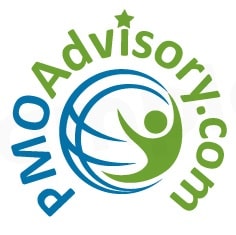When choosing the optimal project management methodology, in addition to the three considers stated in the article (which are external environment, internal setup and ability to adapt), there are at least 3 more considerations:
1. Scope and requirement turbulence 2. Modularity 3. Degree of change
On scope and requirement turbulence, project manager must determine the degree of specificity and change in the scope and requirements. Lean and agile excel at winning in turbulent environment, but when requirements are steady and determined, then traditional methodology provides much more clarity.
Second, project manager should ask whether the project deliverables be organized in meaningful modules. In some projects, such as incremental improvements to features and functions of a web app, modularity is high. But when constructing a building, even the most basic modules are significant scope.
Finally, degree of change should not be underestimated. If the project is an incremental improvement build on an existing platform, the it is much easier to adopt lean and adaptive methods than if the change is so fundamental that it replaces the platform. In situations in which platform-based change is required, project managers should plan carefully before abandoning a more traditional methodology.
Te Wu’s comment on the below article by Paul Boughton for EngineerLive.
Paul Boughton for EngineerLive.com writes: It seems nowadays that there is a rule, methodology and philosophy for everything. Many of these rules have been around for decades so it raises the obvious question, ‘are the old methods still relevant in an age of rapid innovation and uncertainty?’ This is especially pertinent for original equipment manufacturers (OEMs) where even a small advantage can mean the difference between success and failure.
Developing a new product is not easy. The process of consultation, design, production, testing, logistics, integration and support can be challenging for even the best OEMs. This is made even more difficult in highly regulated industries such as the medical, security and defence markets. Here, products must not only meet stringent regulations, but also perform in extreme environments, where resistance to temperature fluctuations, humidity and vibration shock is critical.
When asked how he developed new products, the late CEO of Apple, Steve Jobs, famously quipped that, “it’s really hard to design products by focus groups. A lot of times people don’t know what they want until you show it to them.” This very disruptive approach evidently worked for Apple and means that the company continues to produce some of the most desirable consumer products on the market. SNIP, the article continues @ EngineerLive.com, click here to continue reading….
